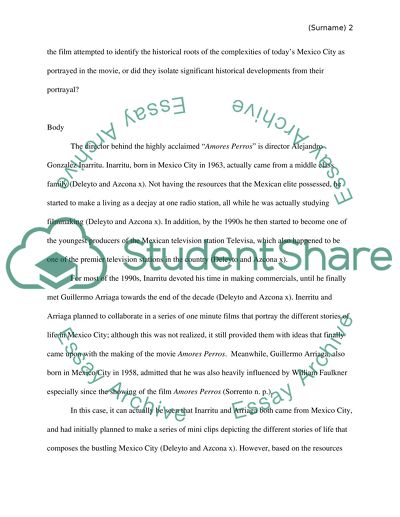Cite this document
(“Analysis of Amores Perros Film by Alejandro Gonzalez Inarritu Essay”, n.d.)
Analysis of Amores Perros Film by Alejandro Gonzalez Inarritu Essay. Retrieved from https://studentshare.org/social-science/1408279-critical-essay-on-amores-perros
Analysis of Amores Perros Film by Alejandro Gonzalez Inarritu Essay. Retrieved from https://studentshare.org/social-science/1408279-critical-essay-on-amores-perros
(Analysis of Amores Perros Film by Alejandro Gonzalez Inarritu Essay)
Analysis of Amores Perros Film by Alejandro Gonzalez Inarritu Essay. https://studentshare.org/social-science/1408279-critical-essay-on-amores-perros.
Analysis of Amores Perros Film by Alejandro Gonzalez Inarritu Essay. https://studentshare.org/social-science/1408279-critical-essay-on-amores-perros.
“Analysis of Amores Perros Film by Alejandro Gonzalez Inarritu Essay”, n.d. https://studentshare.org/social-science/1408279-critical-essay-on-amores-perros.


